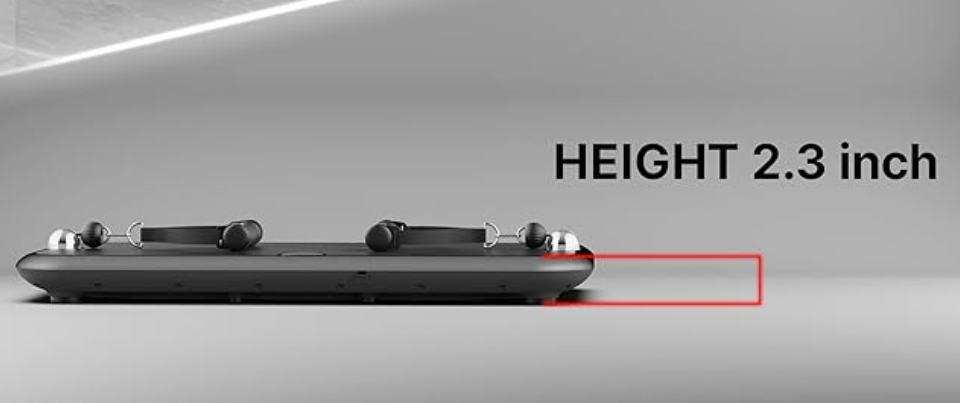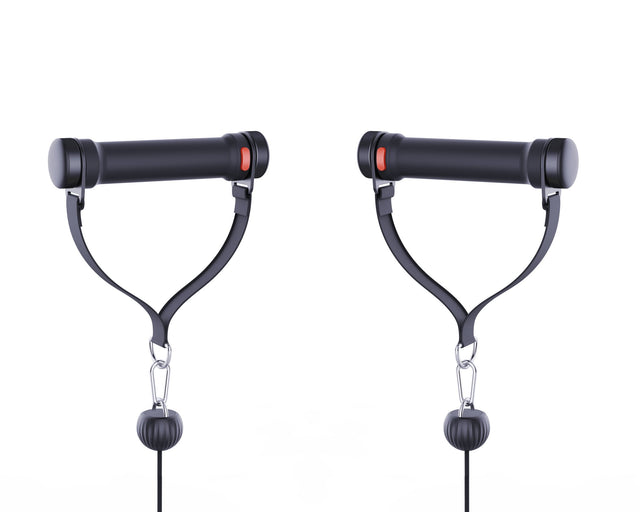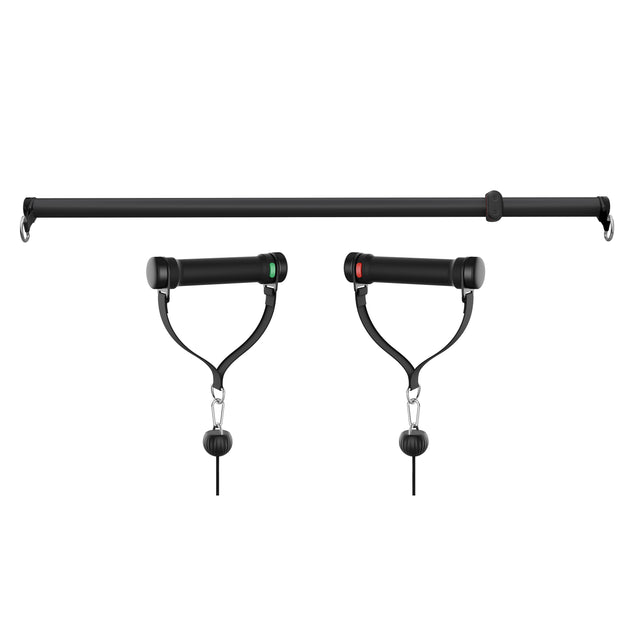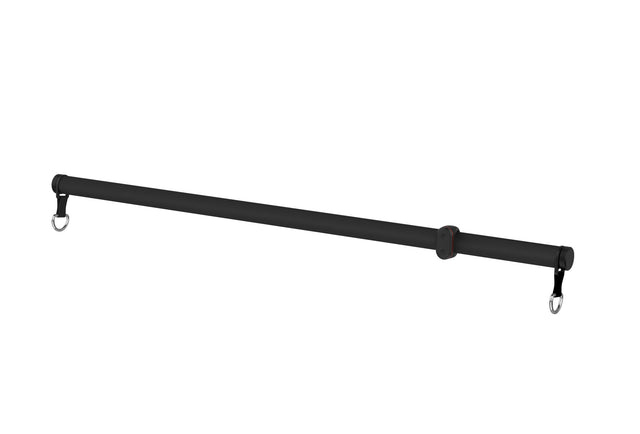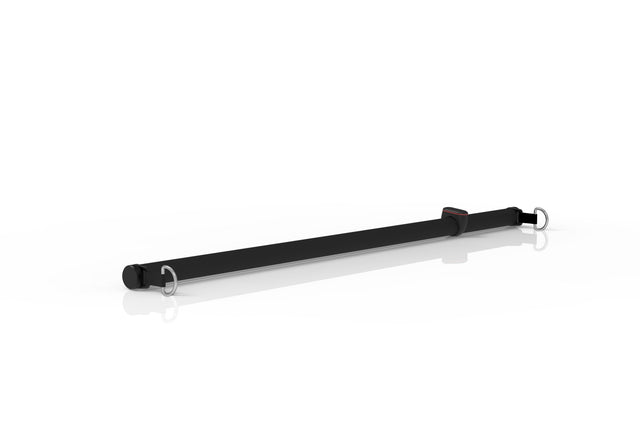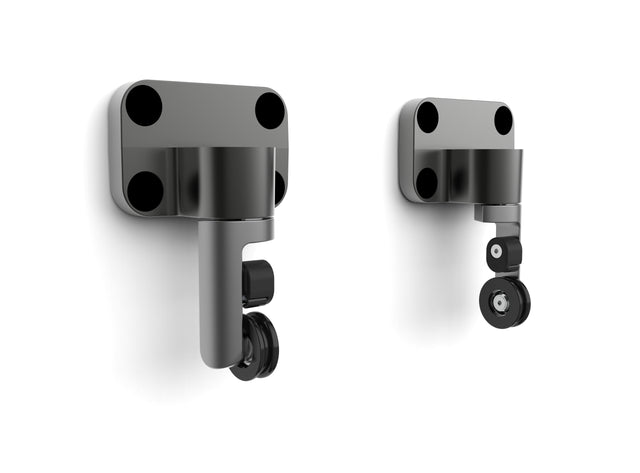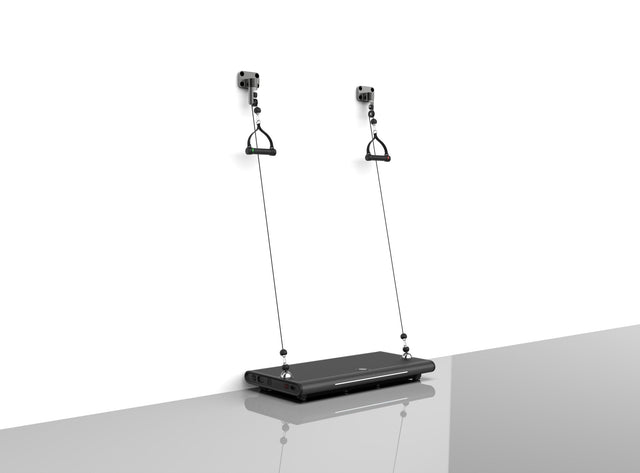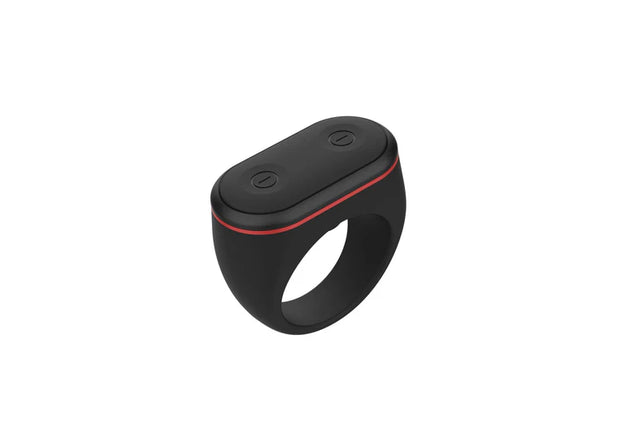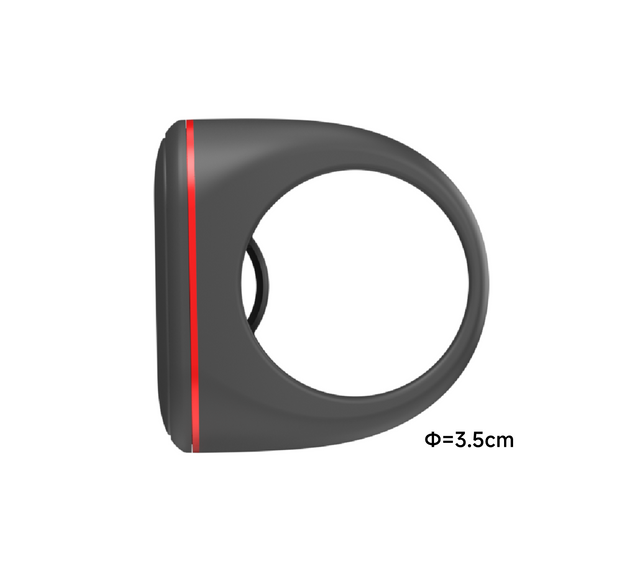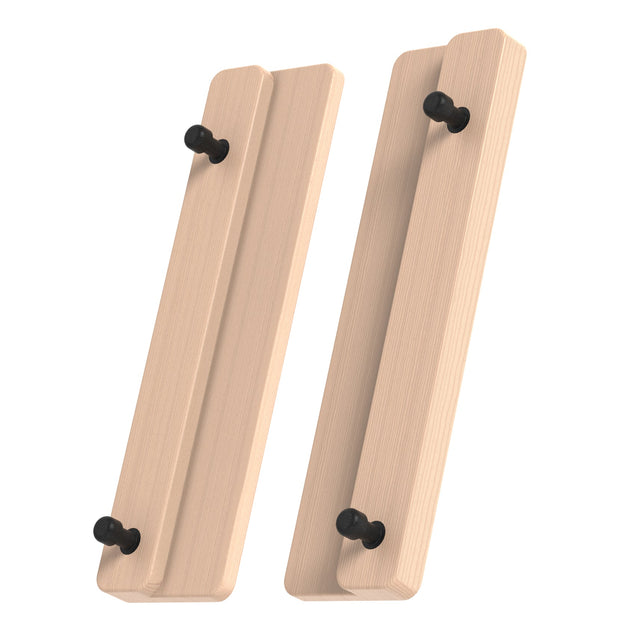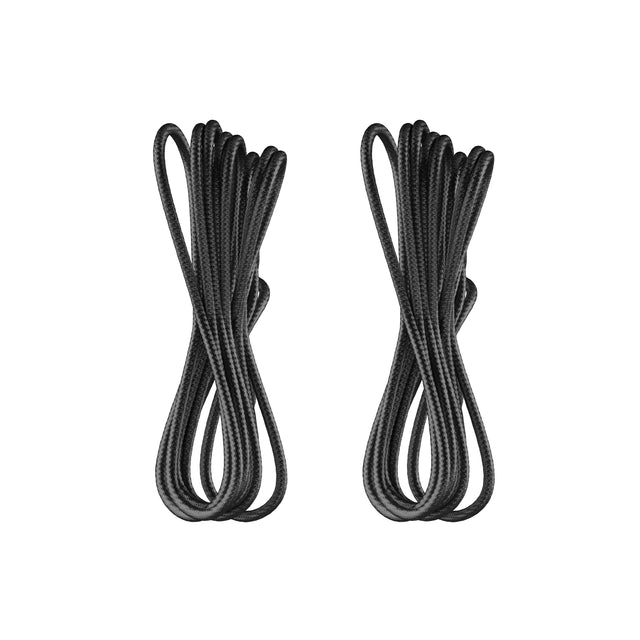In today's fast-paced world, smart home gyms are revolutionizing how we approach fitness. These innovative systems offer a plethora of benefits, from convenience to advanced technology, making it easier than ever to stay fit at home. This blog will explore the top smart home gym systems, the benefits they offer, how they compare to regular gyms, the best options for small spaces, and how to set up your own smart home gym.
Top Smart Home Gym Systems
-
Tonal: Known for its sleek design and versatile strength training capabilities, Tonal is a wall-mounted system that uses digital weights and AI to customize workouts. It’s perfect for those looking for an all-in-one solution.
-
Mirror: This interactive home gym looks like a regular mirror when not in use, but it transforms into a screen that streams live and on-demand workouts, ranging from yoga to boxing.
-
Tempo: Offering a complete home gym experience, Tempo includes weights, a bench, and a 3D sensor to provide real-time feedback and personalized workout plans.
-
Peloton: Famous for its cycling classes, Peloton now offers a treadmill and a variety of classes including running, strength training, and yoga.
-
NordicTrack Vault: A compact and stylish system that stores a variety of equipment and offers a range of iFit interactive training sessions.
Benefits of a Smart Home Gym
A smart home gym provides numerous benefits, including:
- Convenience: No more commuting to the gym. You can work out anytime, saving both time and money.
- Personalization: Advanced AI and machine learning customize workouts to your fitness level and goals.
- Variety: Access to a wide range of classes and workouts, keeping routines fresh and engaging.
- Space Efficiency: Many smart home gyms are designed to fit into small spaces, making them ideal for apartments or homes with limited room.
- Motivation: Interactive features and real-time feedback can boost motivation and help you stay on track.
Smart Home Gym vs. Regular Gym
Comparing smart home gyms to regular gyms reveals several key differences:
- Cost: While the upfront cost of a smart home gym can be high, it can be more cost-effective in the long run compared to ongoing gym memberships.
- Accessibility: Smart home gyms offer 24/7 access, whereas traditional gyms may have limited hours.
- Customization: Personalized workout plans and real-time feedback are more readily available with smart home gyms.
- Community: Regular gyms offer social interaction and group classes, which some people may miss when working out at home.
Best Smart Home Gym for Small Spaces
For those with limited space, the best smart home gyms include:
- Mirror: Its sleek design allows it to blend seamlessly into any room.
- Tonal: Wall-mounted and compact, making it perfect for small apartments.
- Tempo Studio: While larger than the Mirror, it includes storage for weights and other equipment, maximizing space efficiency.
How to Set Up a Smart Home Gym
Setting up a smart home gym involves several steps:
- Choose Your Equipment: Select a smart home gym system that fits your needs and space.
- Designate a Space: Find a dedicated area in your home that allows for movement and proper equipment placement.
- Install Equipment: Follow manufacturer instructions for installation. Some systems may require professional setup.
- Connect to Wi-Fi: Ensure your smart gym system is connected to the internet for software updates and access to live classes.
- Organize Accessories: Keep weights, mats, and other accessories neatly stored for easy access.
Trova articoli simili:
a complete home gym requires a digital gym a digital gym equipped a digital gym platform A digital personal trainer a good workout a gym equipment a healthier lifestyle Benefits-of-a-Smart-Home-Gym Best-Smart-Home-Gym-for-Small-Spaces How-to-Set-Up-a-Smart-Home-Gym Personalized-workout-plans Tonal Top-Smart-Home-Gym-SystemsAltre storie


